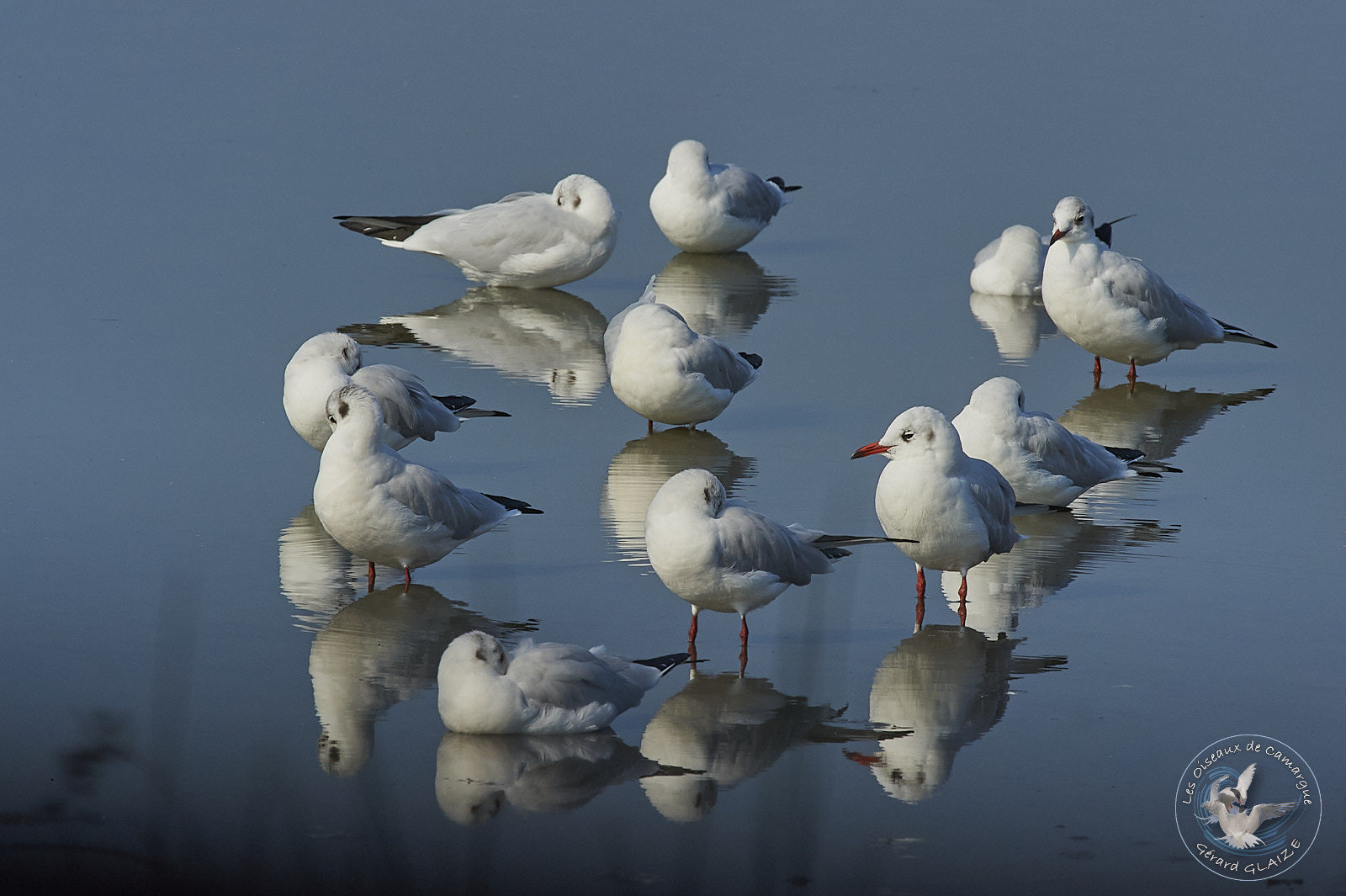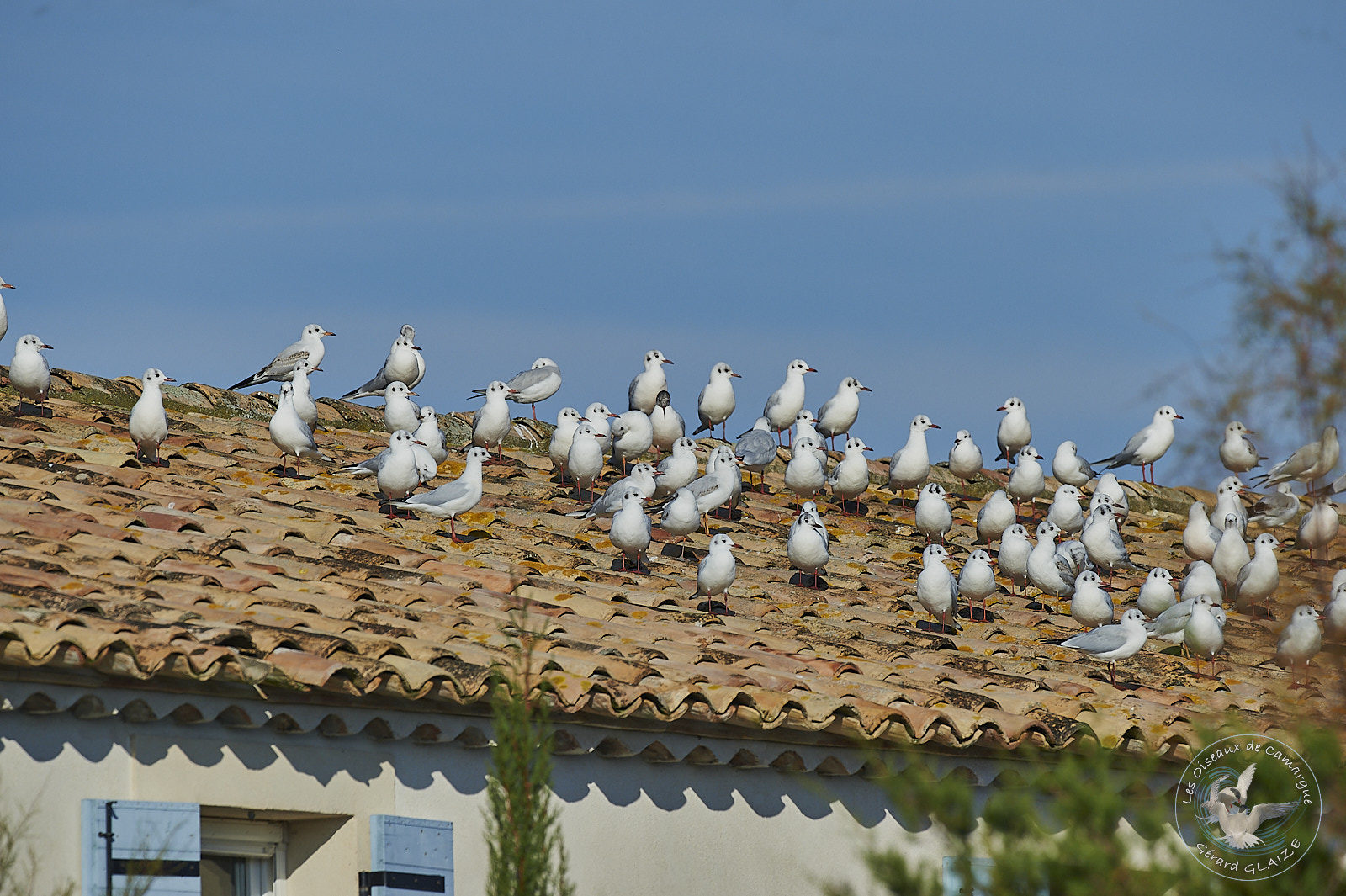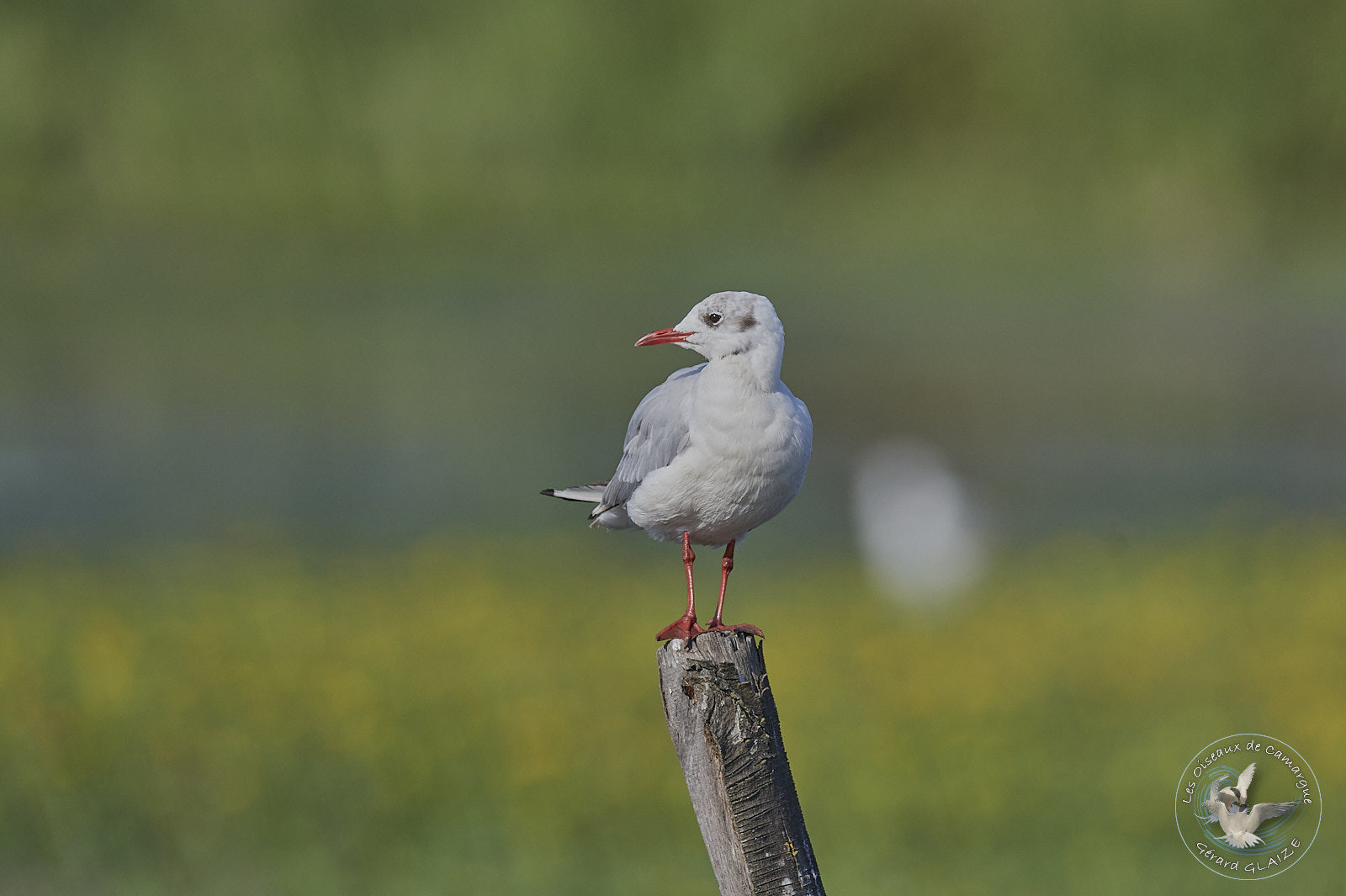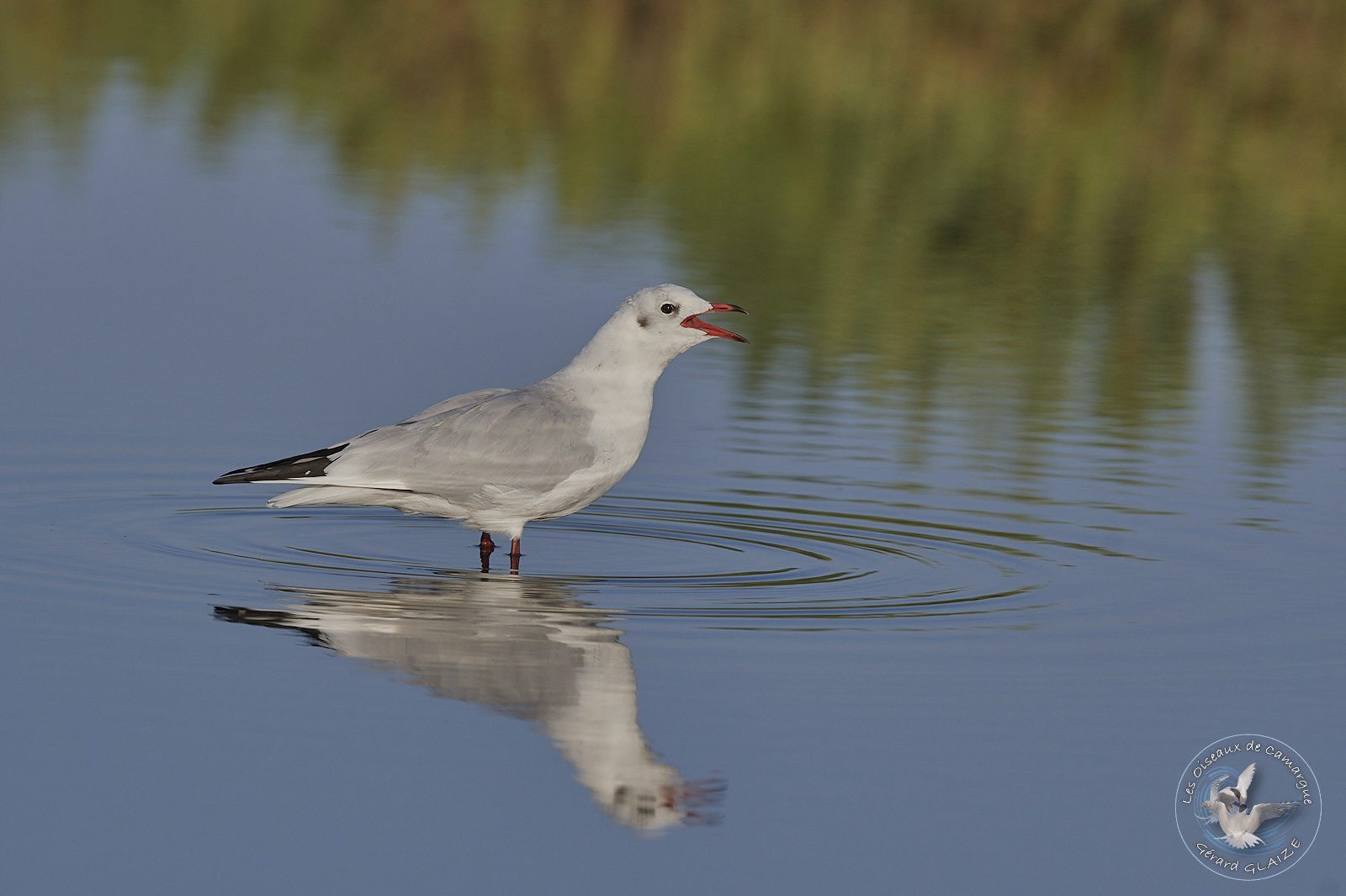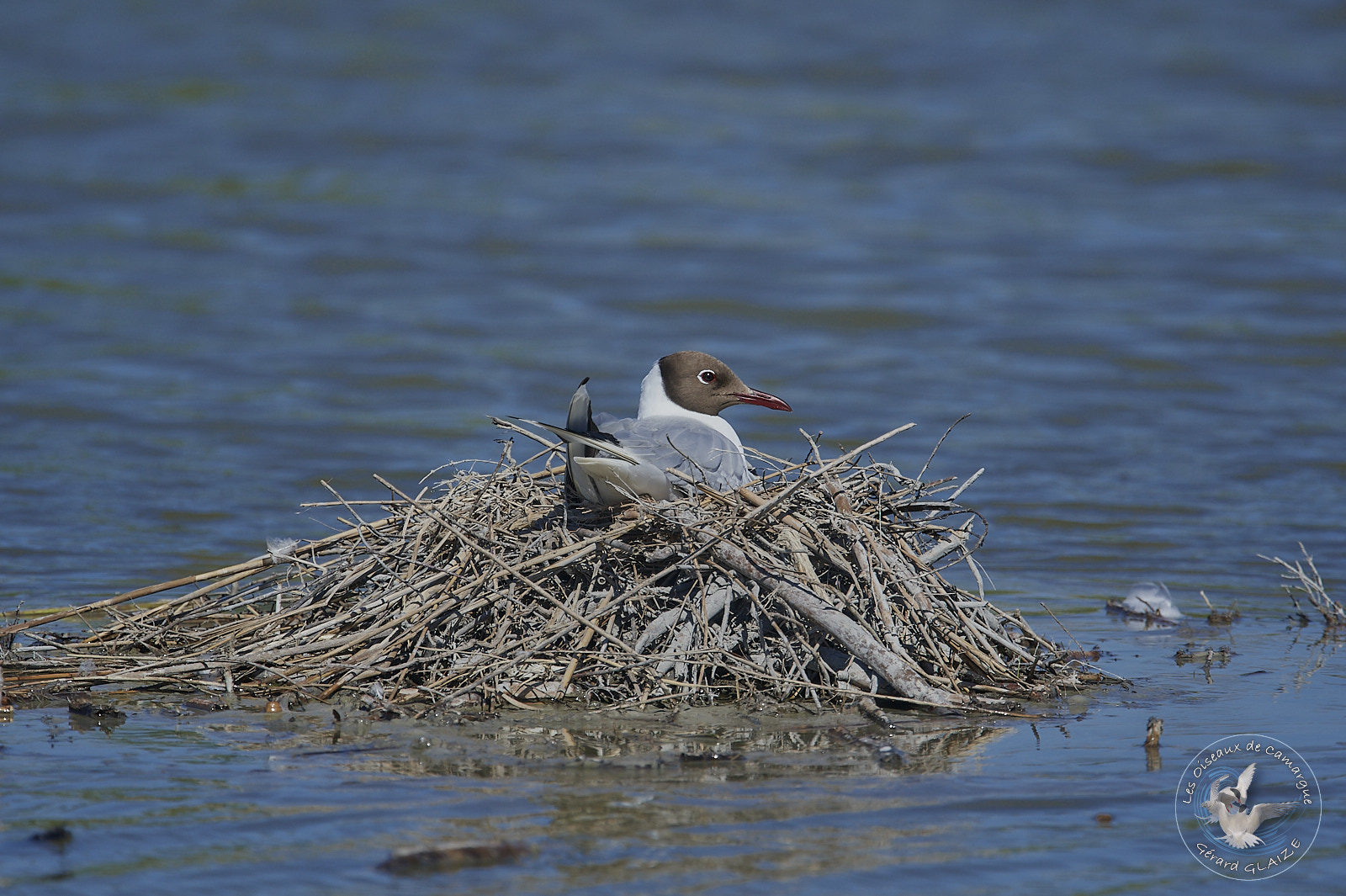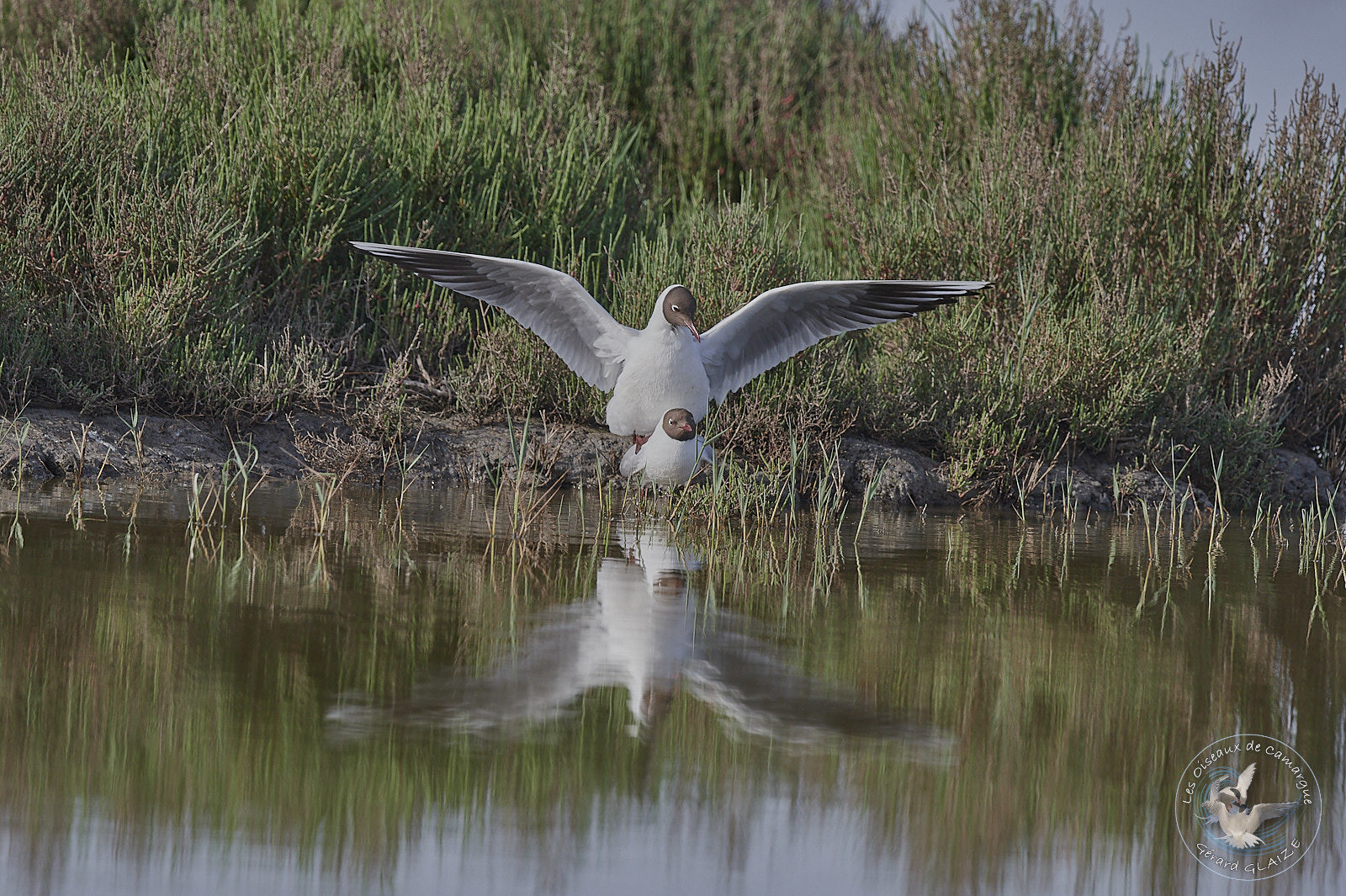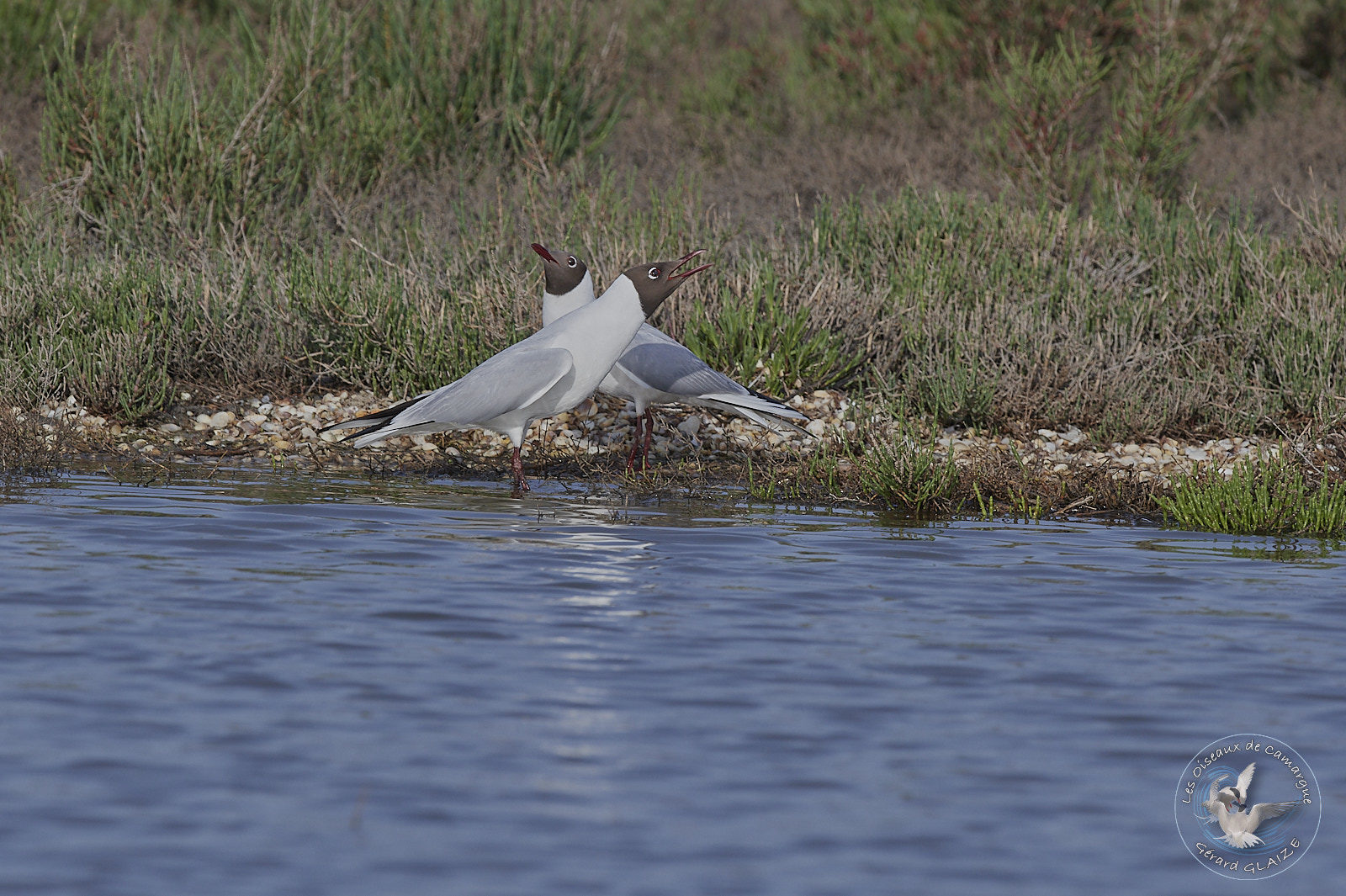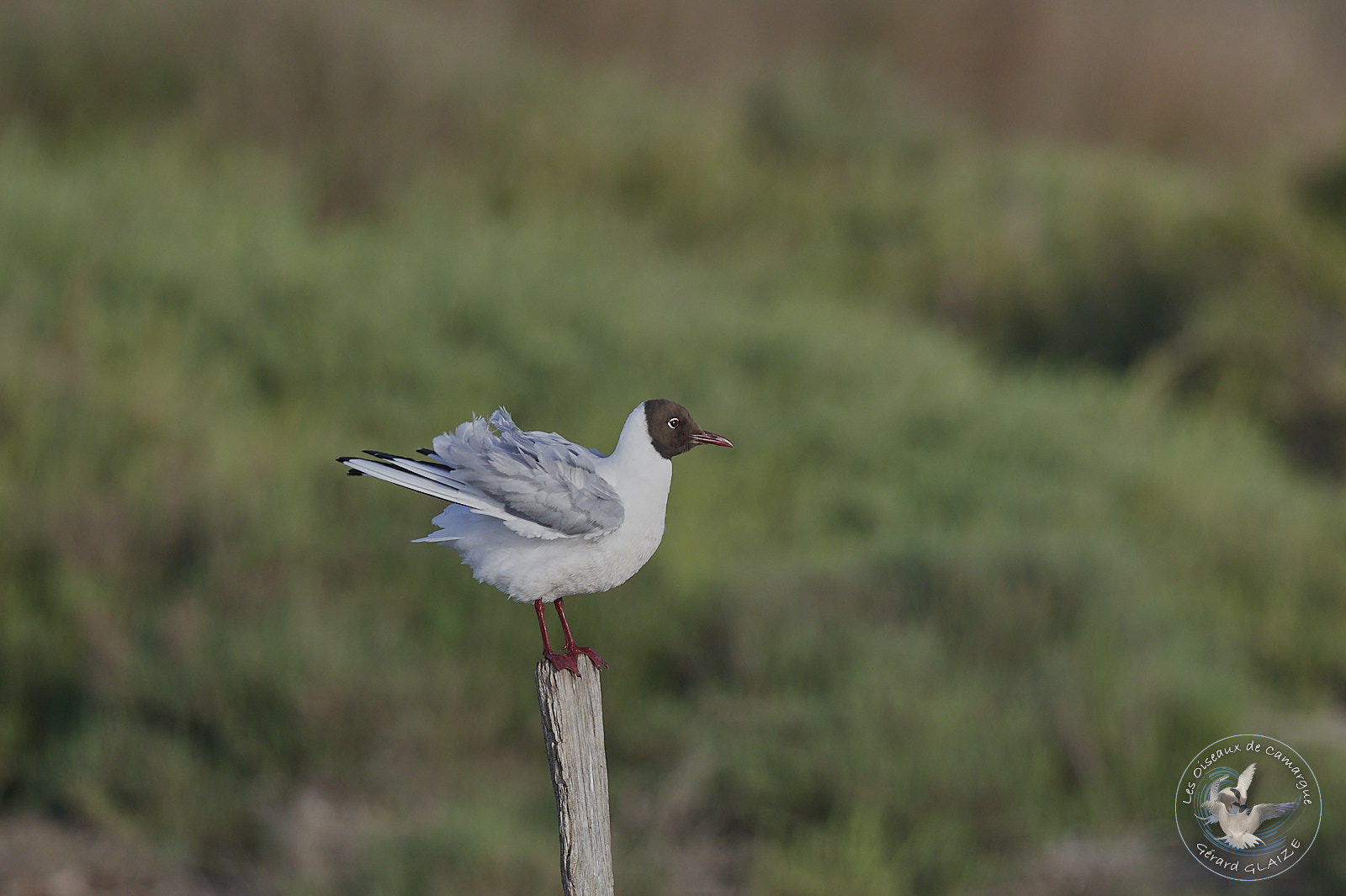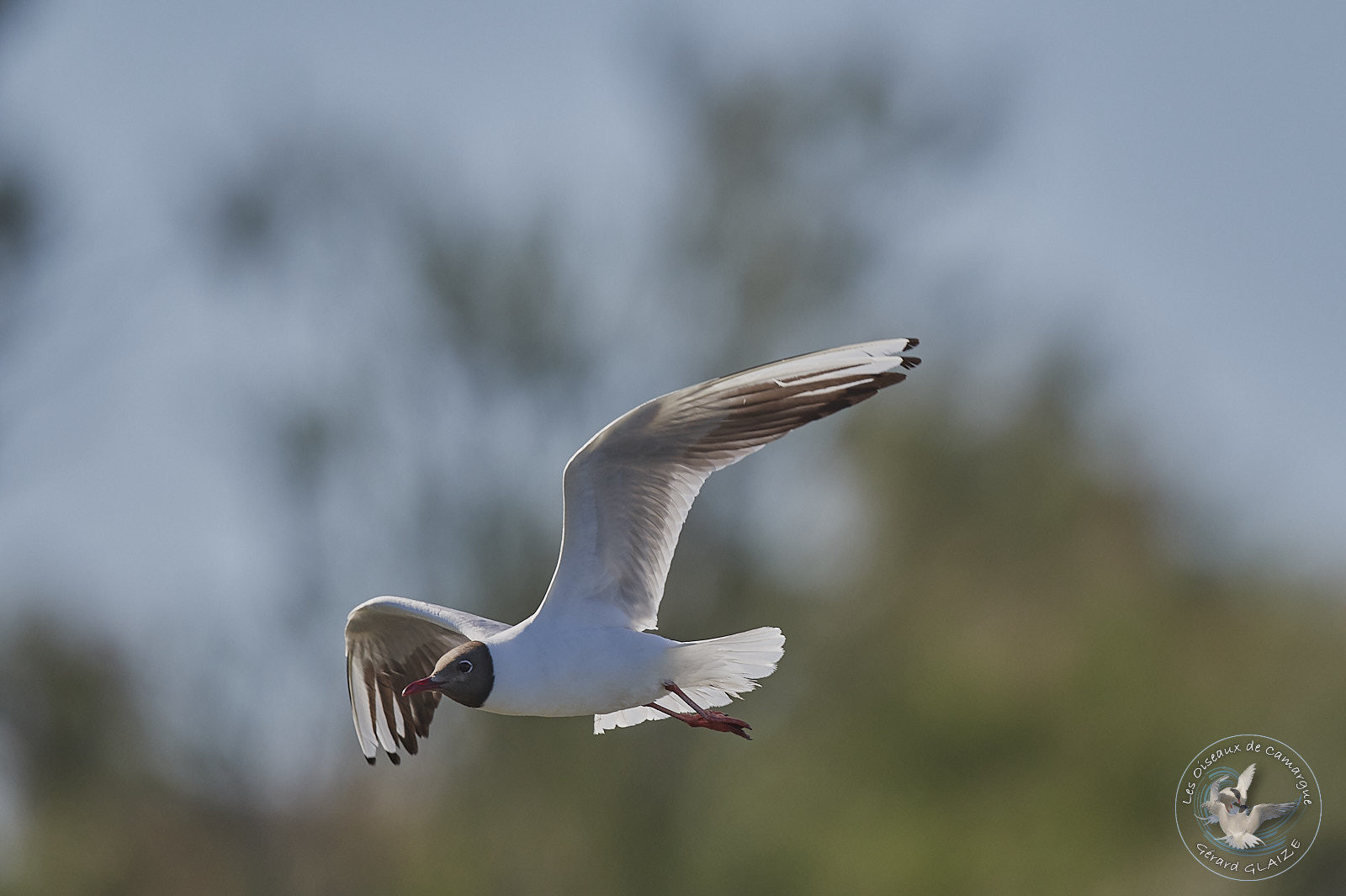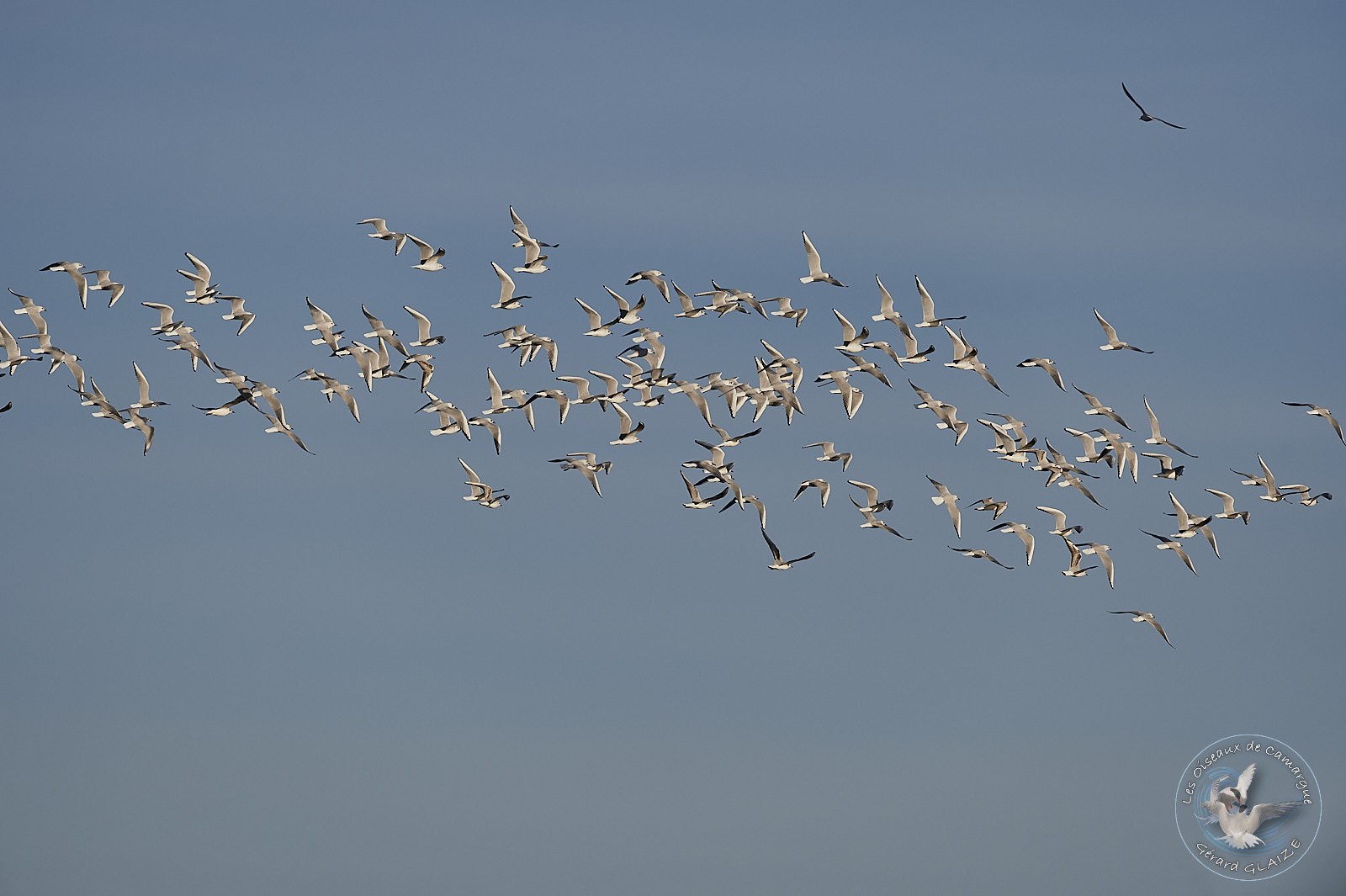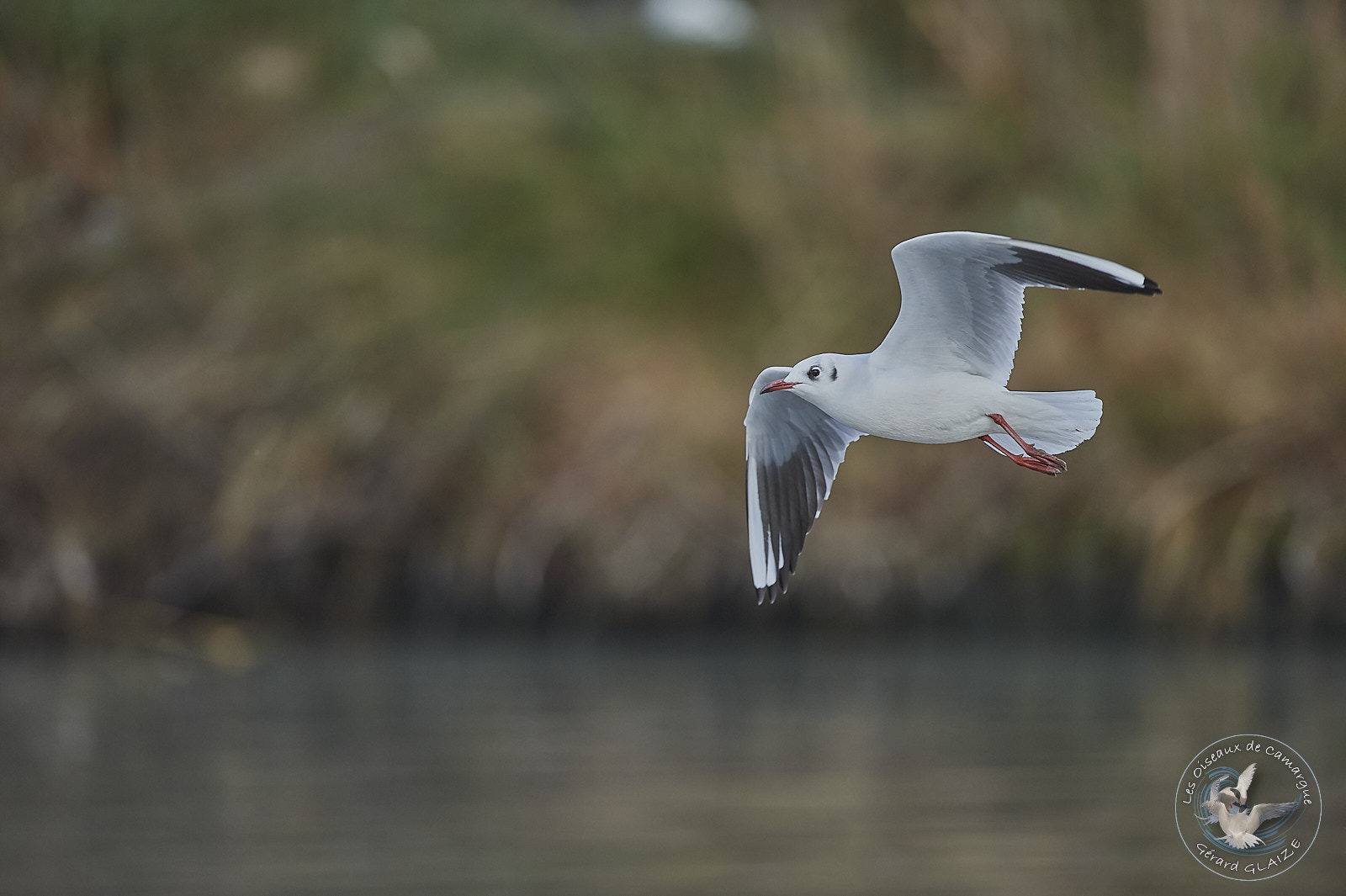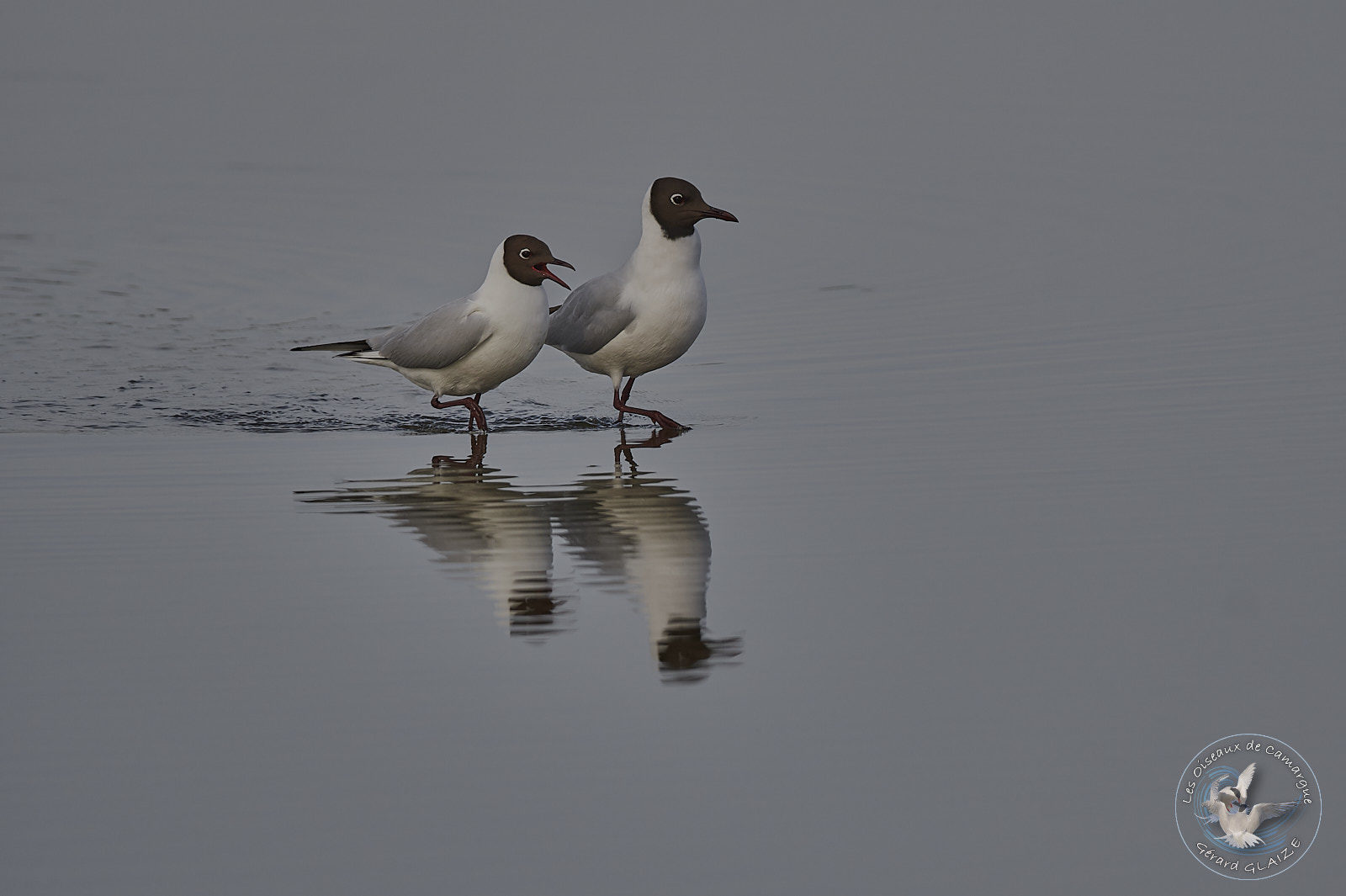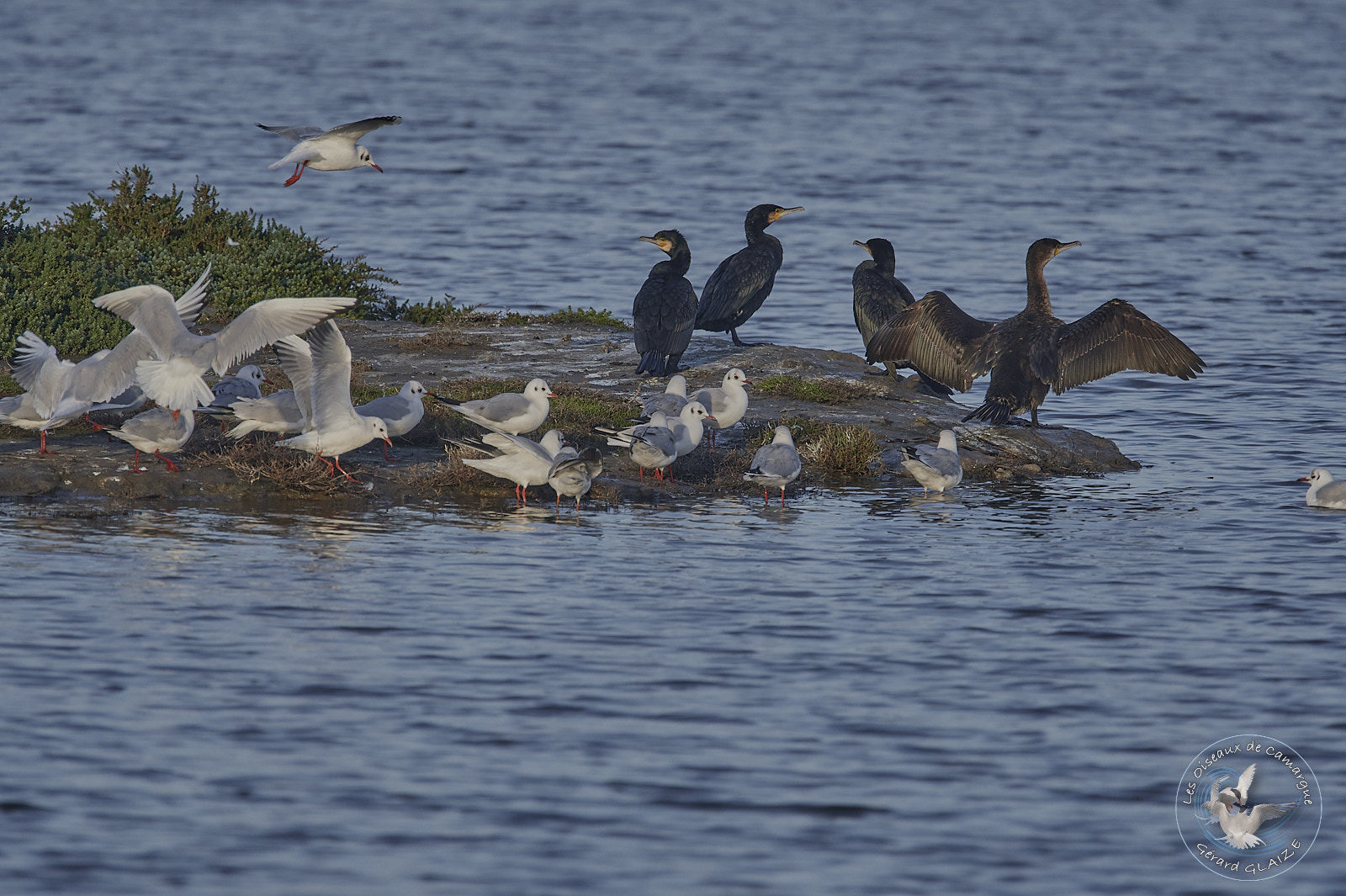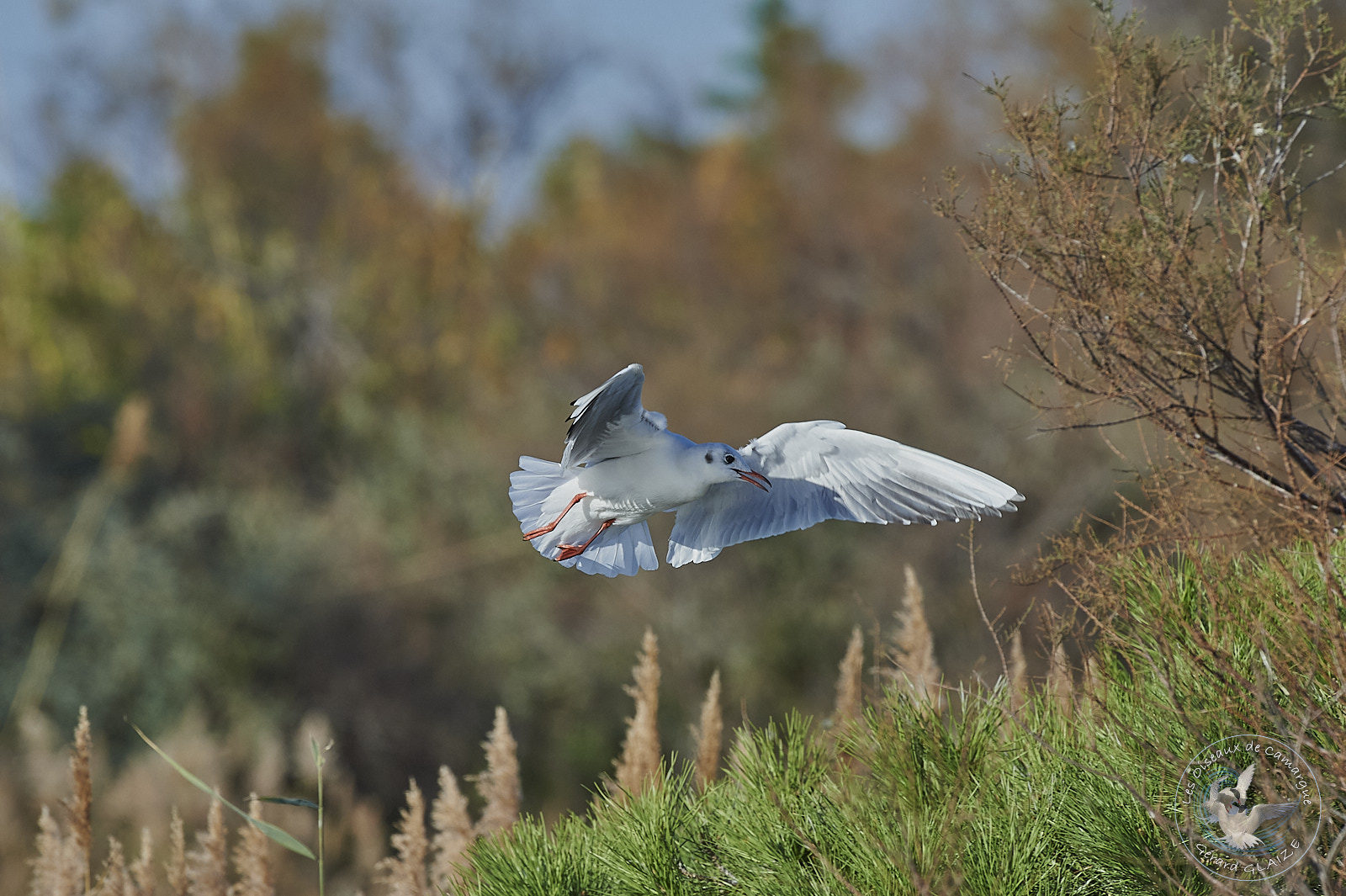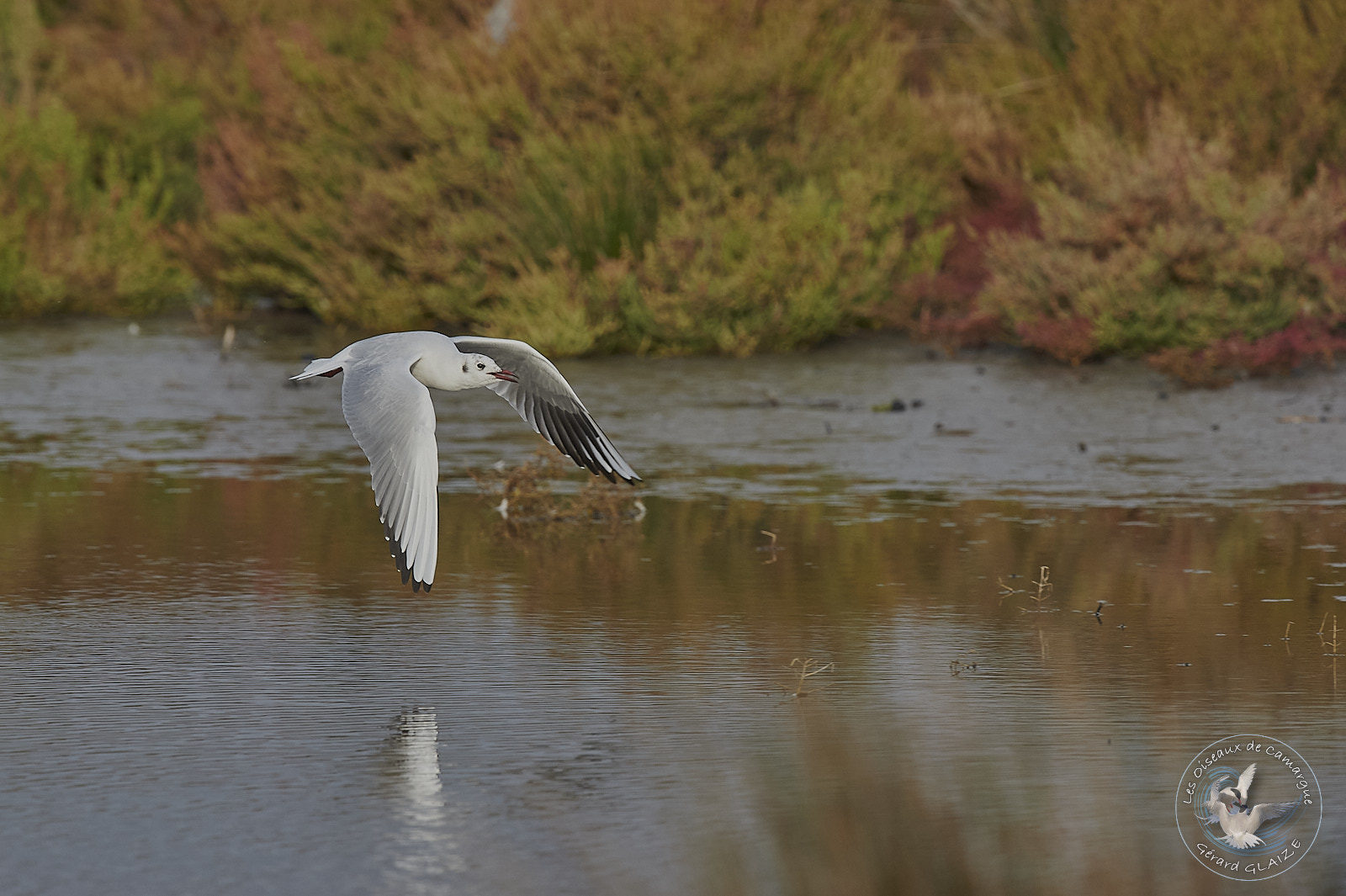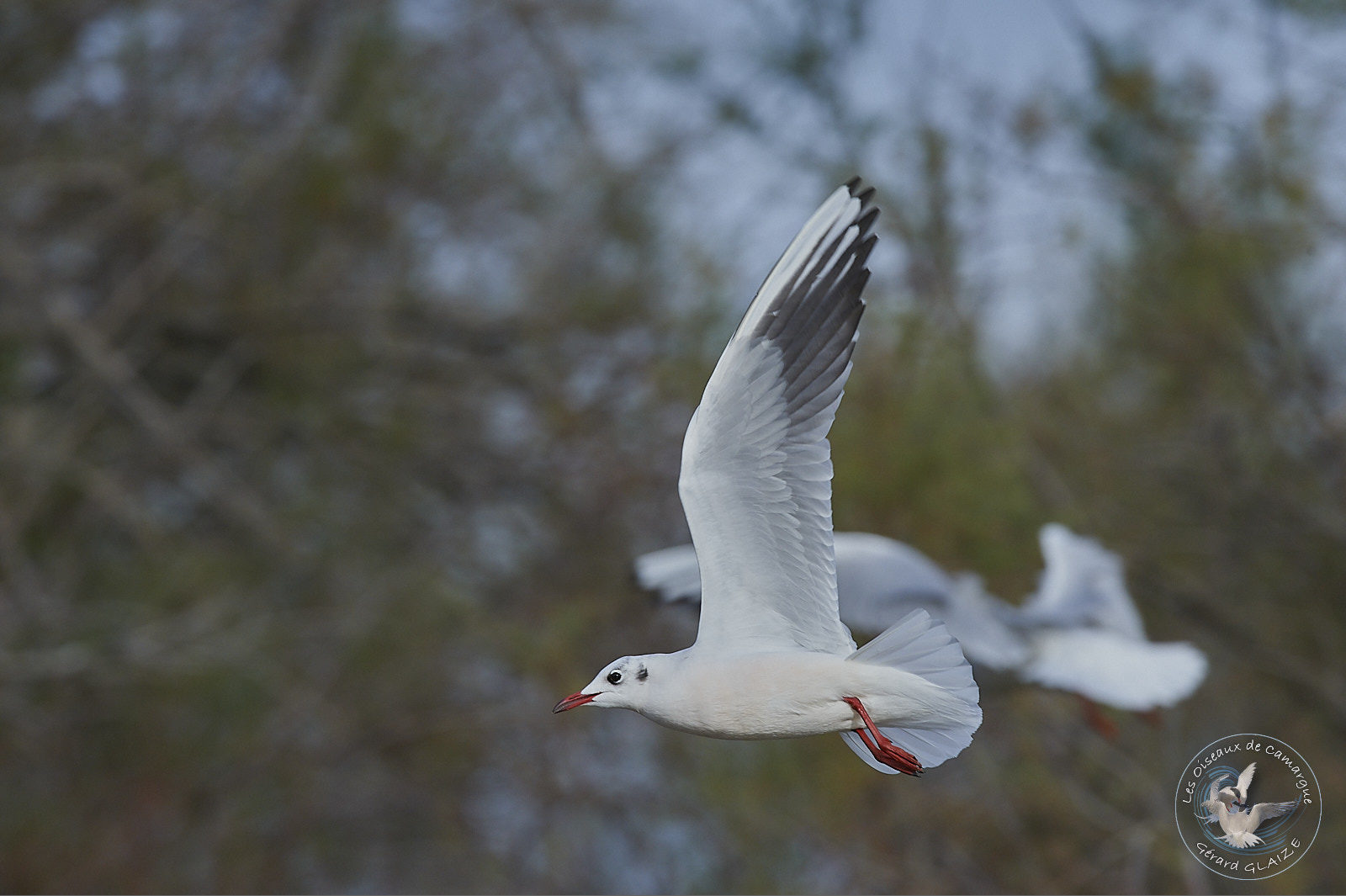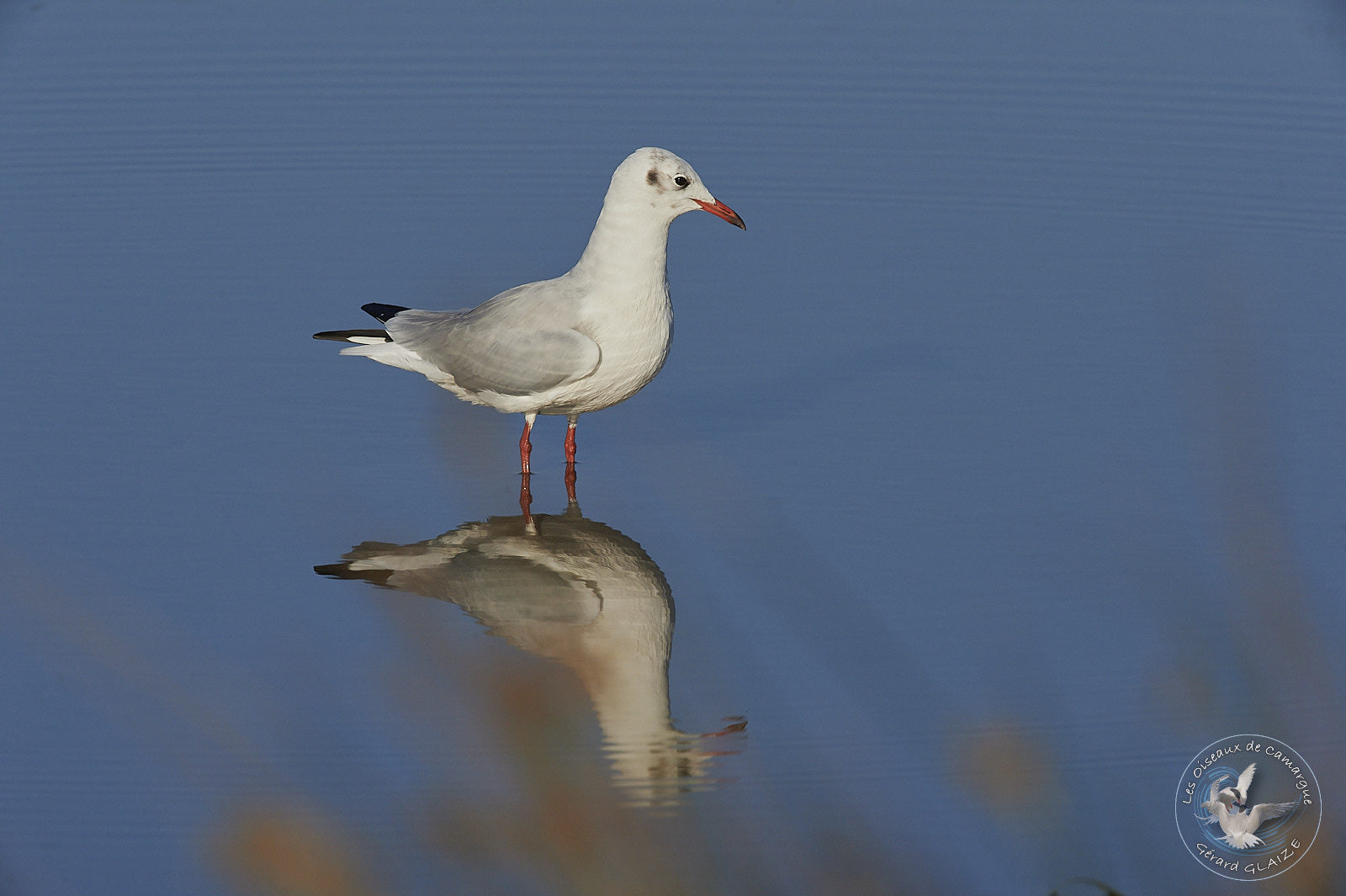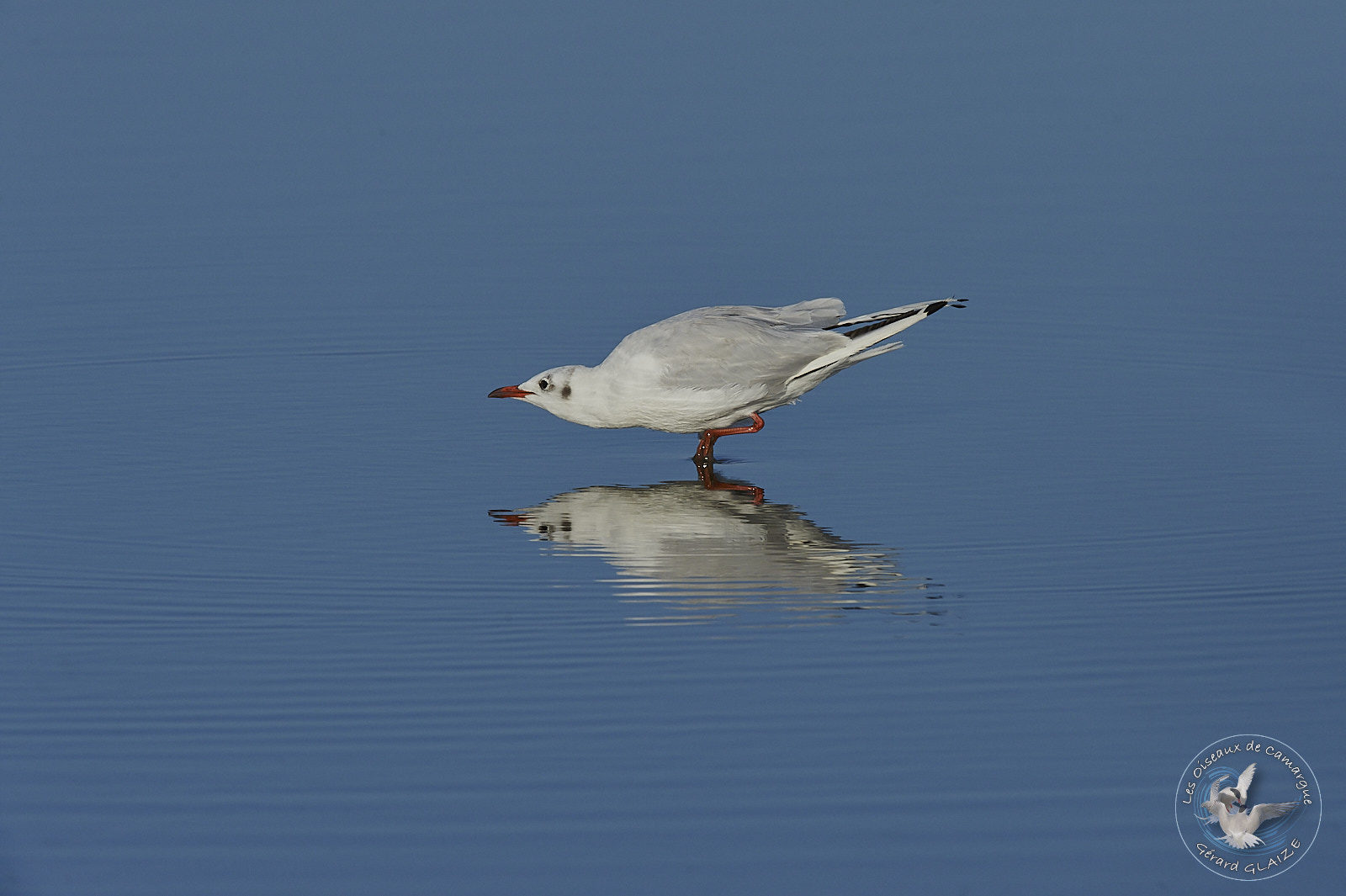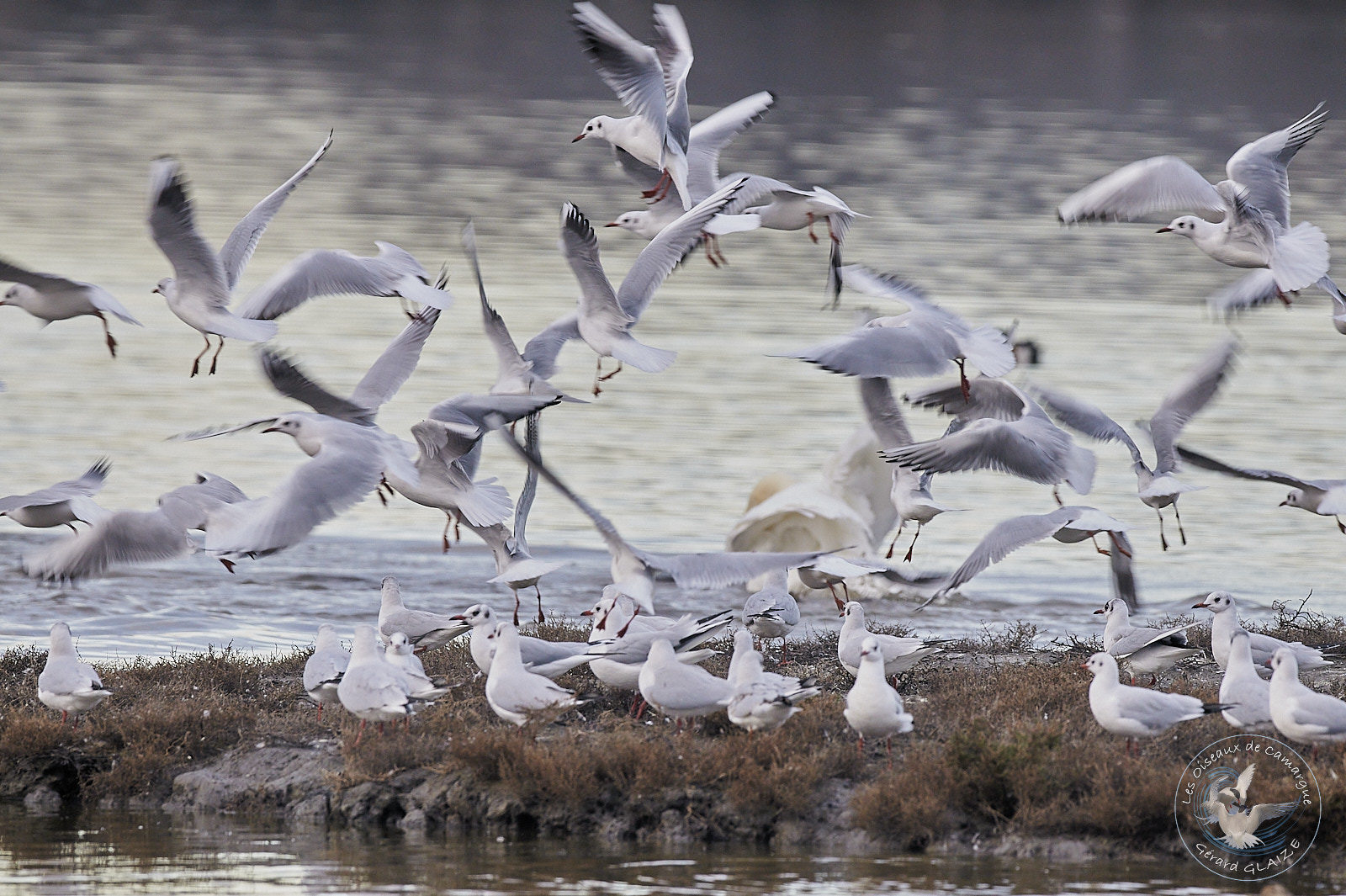Black-headed Gull
Last updated on June 21st, 2024 at 06:33 pm
The Black-headed Gull is a bird of the Laridae family, a family that notably includes seagulls and gulls. It is white in color with pearl gray wings except the black tip. The brown-black hood she wears in spring disappears in summer and the head then turns white. Legs are orange or orange-red. The beak is red-yellow. The eyes are dark brown, surrounded by two white crescents.
It is also easily confused with the Mediterranean Gull, which also has a dark head in summer. Both sexes are similar.
It is very gregarious outside the breeding season. It is a sociable species and not very shy.
Black-headed Gull
Scientific name : Chroicocephalus ridibundus
Family : Laridae
Long. de 34 à 43 cm, Env. de 94 à 110 cm
Weight : de 225 à 350 gr
Flight
The Black-headed Gull performs fast and active flight. It can hover and glide, and even catch insects in flight.
Habitat
This species is found almost everywhere in Europe as well as in part of Asia (as far as Mongolia). Sedentary in Great Britain and in the Mediterranean countries, it is migratory elsewhere.
The Black-headed Gull frequents lakes and ponds provided there is no vegetation, marshes and coastal ponds. It is also found in cities and cultivated areas in search of food in winter.
Regime – Diet
The Black-headed Gull is omnivorous. It feeds on all kinds of invertebrates, both terrestrial and aquatic (insects and their larvae, earthworms, small crustaceans, molluscs, etc.) and small fish. She is often seen following tractors plowing in the countryside.
Nesting
The Black-headed Gull breeds near calm shallow waters, whether fresh, brackish or salty, usually on the edges of ponds, lakes and slow-moving rivers, in flood zones, near lagoons, deltas, estuaries. It most often nests in colonies on islets, nesting takes place from April to July, the female lays one brood per year, of 3 olive-brown eggs, speckled with brown. Incubation lasts about 22 to 26 days. The young remain in the nest for about a week and are semi-altricial. They then leave the nest after 32 to 35 days.
Protection
Populations of Black-headed Gulls extend around the world, gradually colonizing other countries, from mid-latitudes in Europe and Asia, to subarctic areas. Populations of black-headed gulls are important, this species is not currently threatened.
Cry
They are very noisy birds, it emits long yelps and sorts of short and repeated yelps, the typical call is a piercing and high-pitched “karr” or “kreeay”.
Other Links
- You can see the article from my site “Birds of Camargue” for more information on the Camargue and the Birds.


